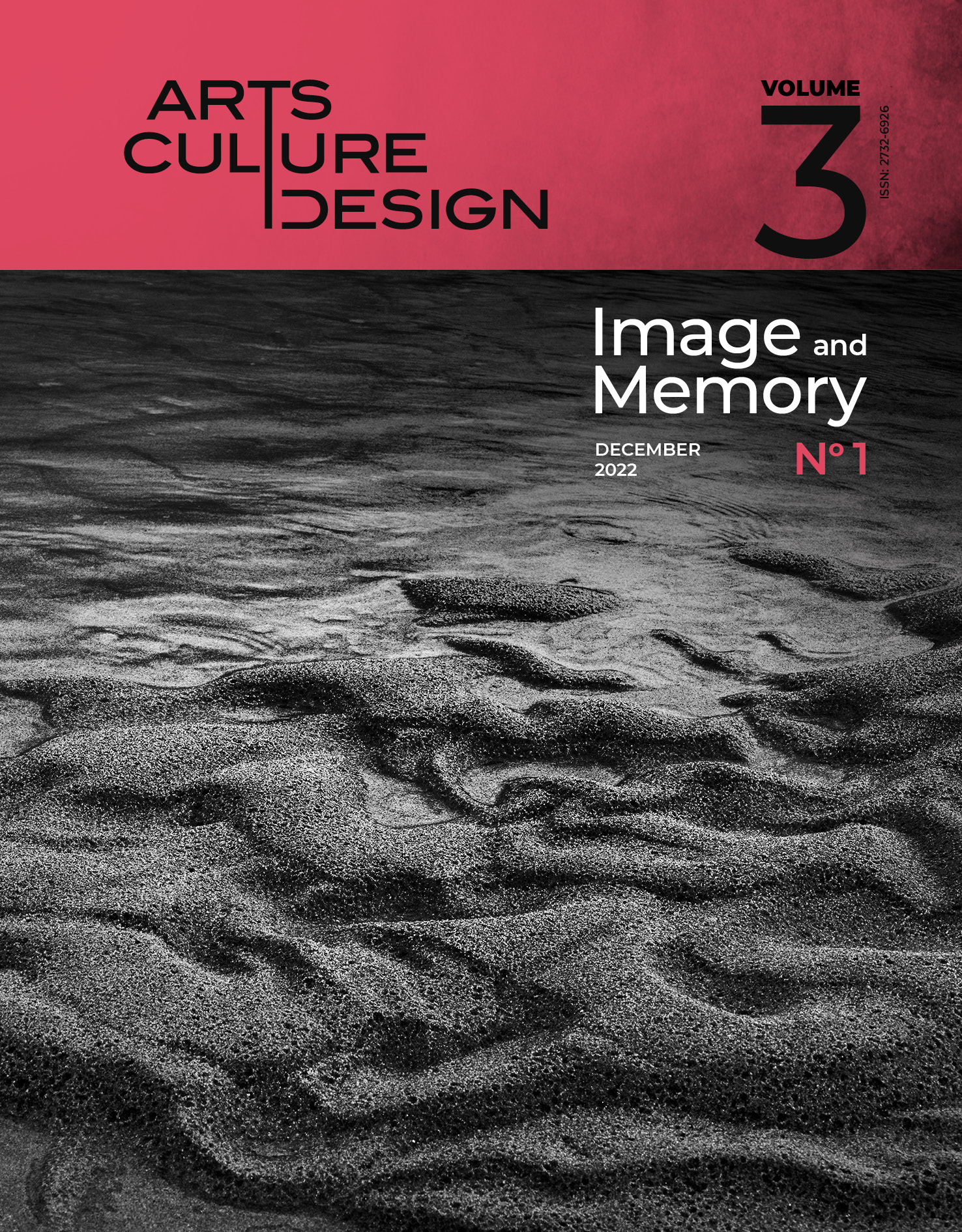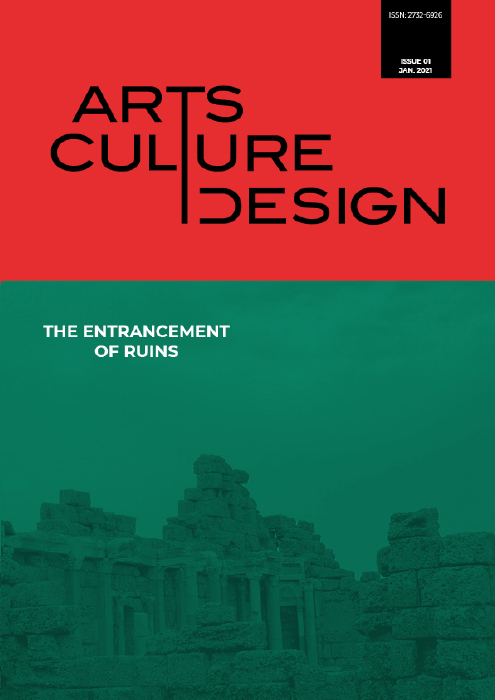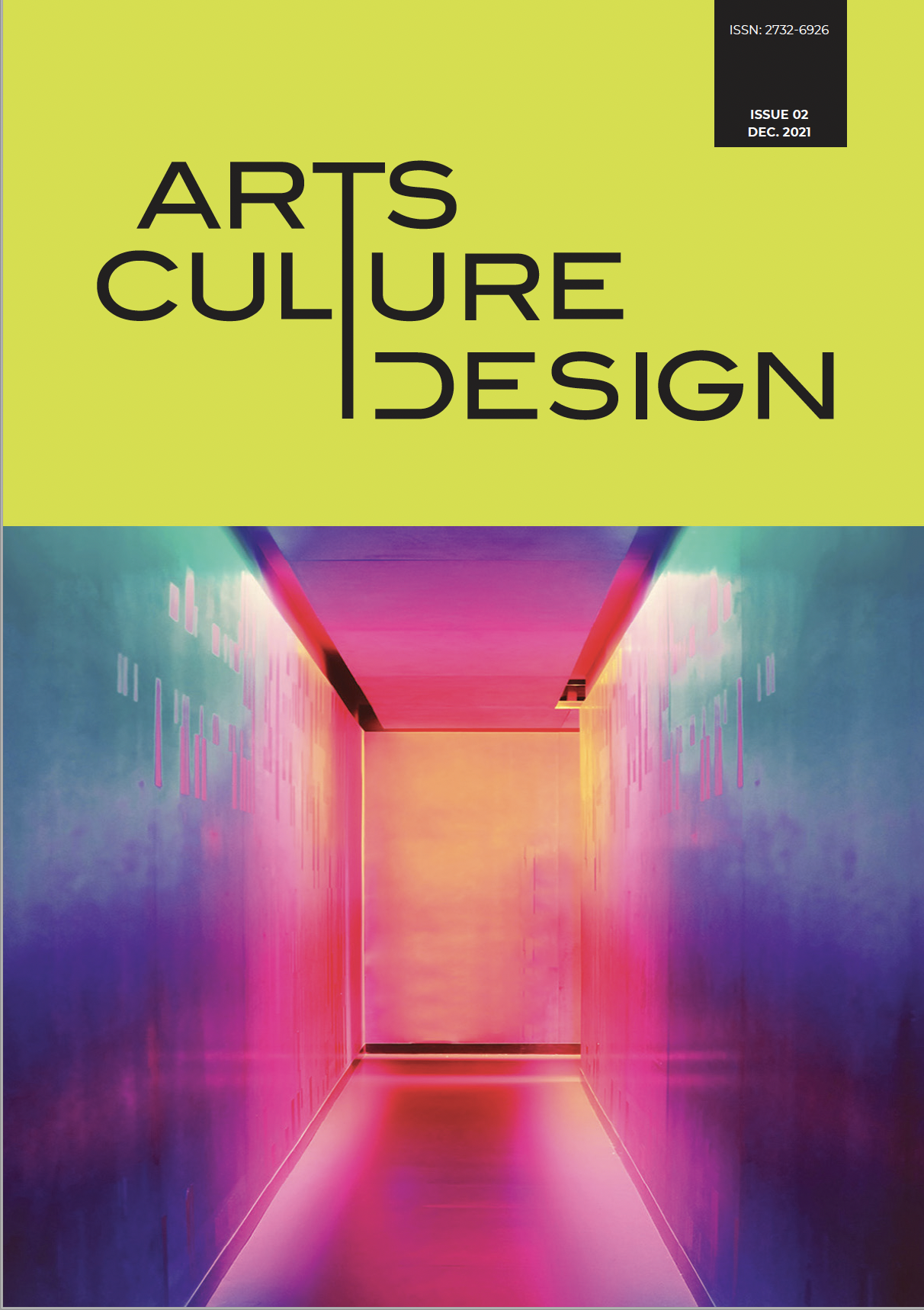PHOTOGRAPHY AS ANTI-MEMORY

Abstract
It is widely known that photography is related to memory. The invention of photography was inextricably linked to memory, as a more effective and direct way than painting. A more effective and direct way to depict the object to be remembered such as the rulers’ portraits or the painted depictions of animals and plants that navigators met while discovering the world, always having a painter with them. However, in the present study, we attempt to show that the innermost reason for the invention and use of photography was never related to memory, and if it was related, the reason was to make us forget what we were aiming to remember. The inner cause of photography’s position in human history and art was: 1) To bring us into contact with the invisible: to that, photography is analysed through philosophy’s prism and especially as Romanticism’s offspring that attempts to go beyond reality and connect us with alterity and the invisible which dictates the visible. 2) To offer a sense of reality to the structural void on which the human psyche is composed: to that, photography is analysed through the prism of psychoanalysis as a symbolic mirror of the photographer’s and viewer’s psyche, a process based on the “mirror stage” (Lacan, 1966). 3) To make us forget: to that, photography is analysed through an anthropological regard where, via common mechanisms which are related to Magic, the photographer and the viewer have the potential to surpass reality’s flow through amnesia.
Article Details
- How to Cite
-
Kangelaris, F. (2023). PHOTOGRAPHY AS ANTI-MEMORY. Design/Arts/Culture, 3(1), pp. 33–42. https://doi.org/10.12681/dac.31241
- Section
- Articles

This work is licensed under a Creative Commons Attribution-NonCommercial-ShareAlike 4.0 International License.
The copyright for articles in this journal is retained by the author(s), with first publication rights granted to the journal. By virtue of their appearance in this open access journal, articles are free to use (with the exception of the non-granted right to make derivative works) with proper attribution for non-commercial uses (licence Creative Commons 4.0). EKT/NHRF retains the worldwide right to reproduce, display, distribute, and use articles published in DAC in all formats and media, either separately or as part of collective works for the full term of copyright. This includes but is not limited to the right to publish articles in an issue of the Journal, copy and distribute individual reprints of the articles, authorize reproduction of articles in their entirety in another EKT/NHRF publication, and authorize reproduction and distribution of articles or abstracts thereof by means of computerized retrieval systems.
DAC journal considers all submitted artwork on the condition author(s) confirm that third-party intellectual property rights are not violated in any way.
Author(s) are responsible for securing permissions to publish copyrighted material, such as photographs and other artwork and for paying any fees involved. Production of an article will not begin until the editor has received all relevant permissions.
The copyright for published articles in Design | Arts | Culture is retained by the author(s). By virtue of their appearance in this open access journal, articles can be used freely, with proper attribution, for educational and other non-commercial purposes.




